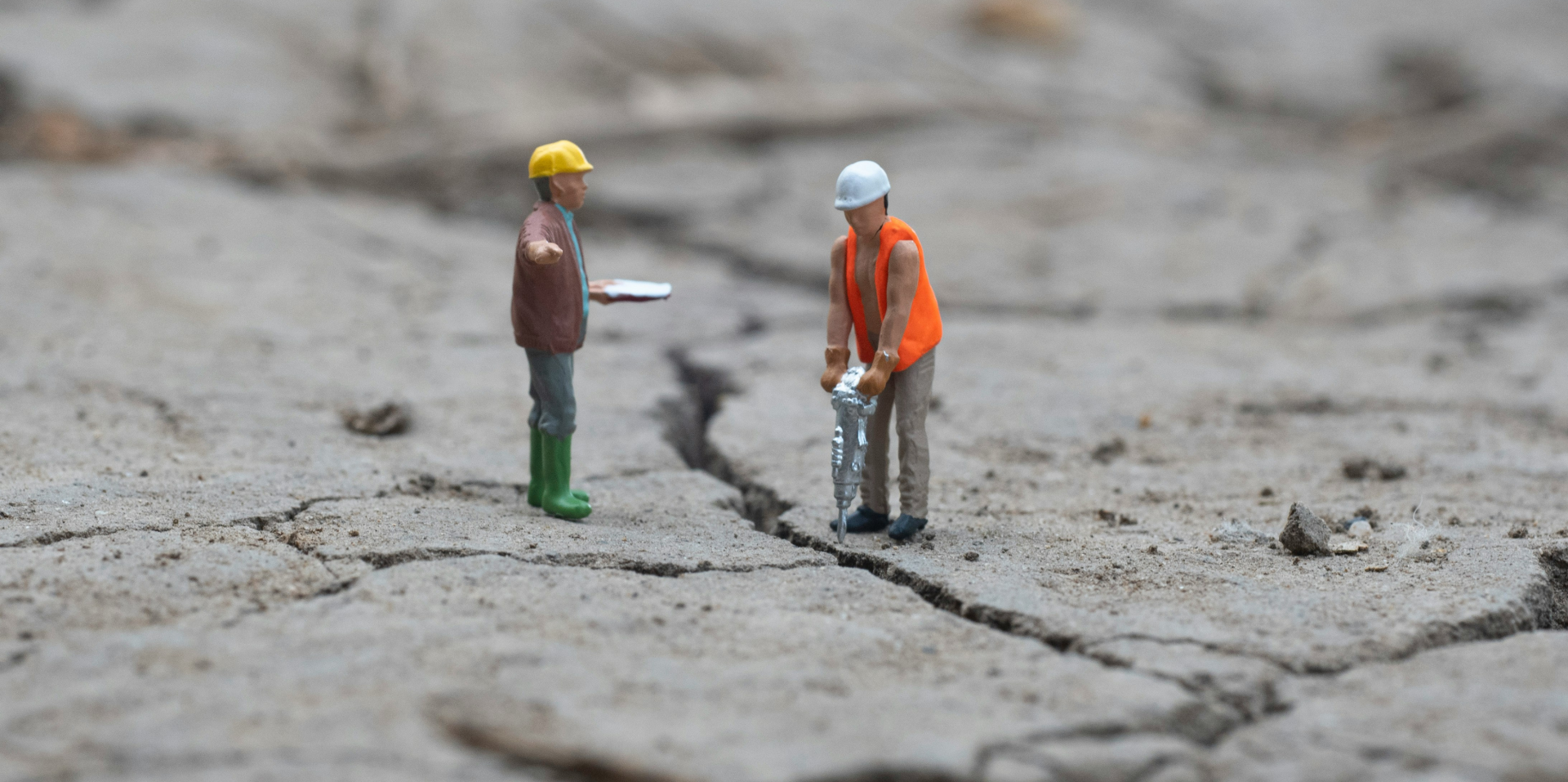April 28 marked World Day for Safety and Health at Work, and the buzz has been impossible to ignore. This year’s theme — “Revolutionising Health and Safety: The Role of AI and Digitalisation at Work” — resonates across sectors. However, in one industry in particular, it couldn’t be more urgent: the maritime sector.
At Bigyellowfish, we’ve been watching the global conversation unfold. And here’s our take.
Maritime Safety Is at a Crossroads
The maritime industry powers over 90% of global trade, yet the people keeping it afloat — seafarers — operate in environments that are often isolated, high-pressure, and physically demanding. It’s a sector defined by high levels of regulation, complexity, unpredictability, and risk.
Despite safety protocols and regulations, human error remains a significant contributor to 60–90% of maritime incidents. But “error” is a misnomer. These aren’t simple mistakes. They’re often the result of long hours, fatigue, mental overload, poor communication, and outdated approaches to safety protocol. Blaming individuals for systemic breakdowns is no longer acceptable — or effective.
What’s needed now is a different approach.
Digitalisation and AI: The Shift From Reactive to Predictive
Most safety systems are still reactive — they document incidents after they happen. However, today’s technology enables the prediction, prevention, and personalisation of safety interventions. AI can help spot patterns in fatigue, stress, and behaviour. Digital tools can deliver microlearning exactly when and where it’s needed. Insights can be transmitted in real-time from vessel to shore, helping leaders make better decisions more quickly.
This isn’t about replacing humans. It’s about supporting them.
Bigyellowfish: Where Human Factors Meet Smart Technology
At Bigyellowfish, we’re building the platform maritime operators need now — one that connects safety, learning, well-being, and performance.
Our approach blends:
- AI and behavioural analytics to track fatigue, stress, and cognitive load.
- Microlearning modules that are short, scenario-based, and built for seafarers’ realities.
- Crew sentiment tools that surface insights into morale and engagement.
- Leadership dashboards that turn data into action — instantly.
We’re not another box-ticking compliance tool. We’re a human-first solution that makes safety a lived experience, not just logged.
The Moment to Act Is Now
The discussions around April 28 show that momentum is building. But buzz without change is just noise. Maritime operators, regulators, and stakeholders must evolve — and fast.
Regulations such as SOLAS, ISM, and MLC establish the minimum standards required. However, real progress will come from platforms built by those who understand life at sea, designed with input from mariners, behavioural psychologists, safety leaders, educators, and data scientists.
That’s the gap Bigyellowfish is filling.
If you’re serious about reducing risk, elevating human performance, and creating safer, smarter maritime operations, let’s talk.
Because in 2025, safety isn’t a checklist. It’s a strategy.
And it starts with your people.

Leave a Reply